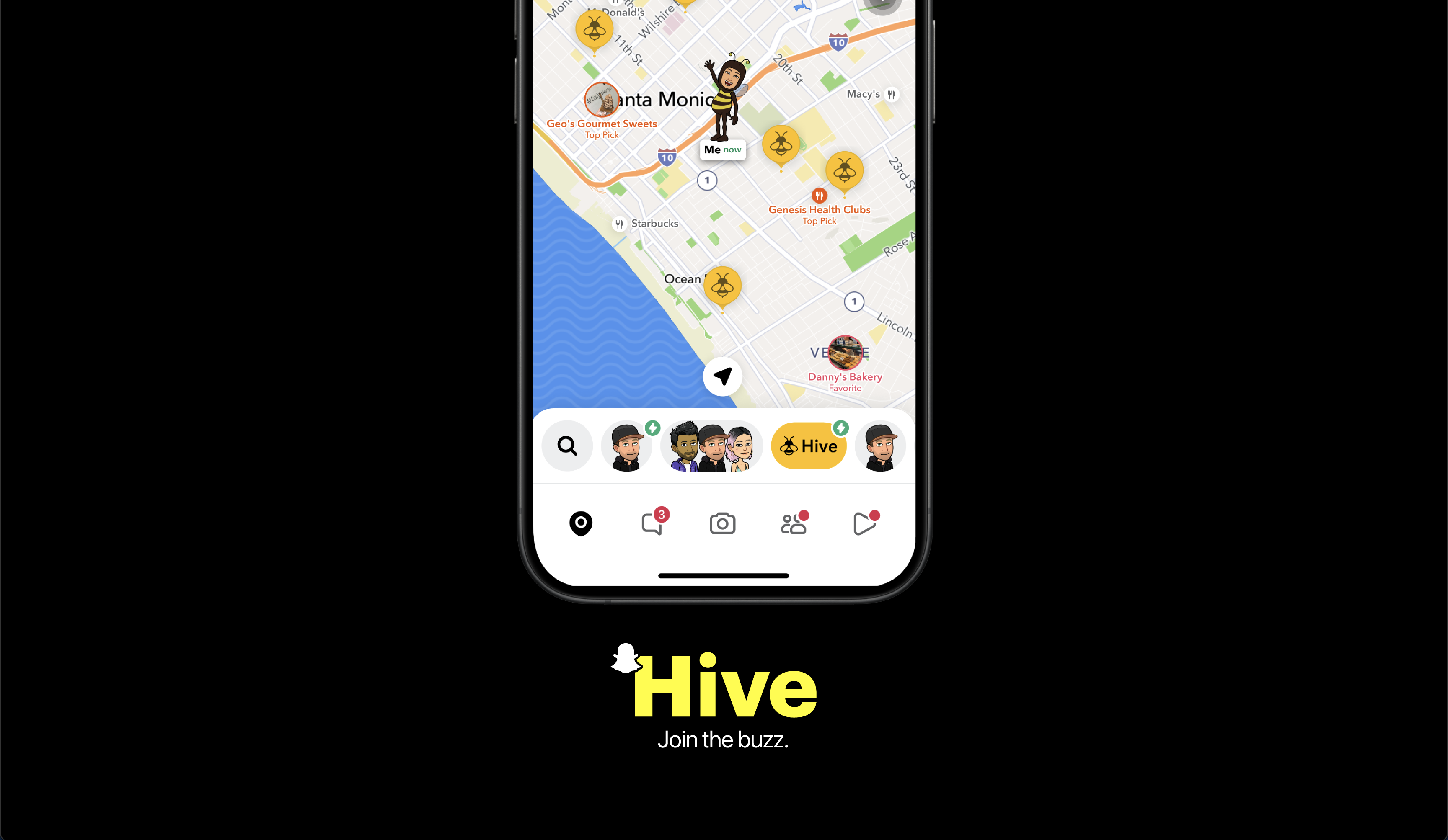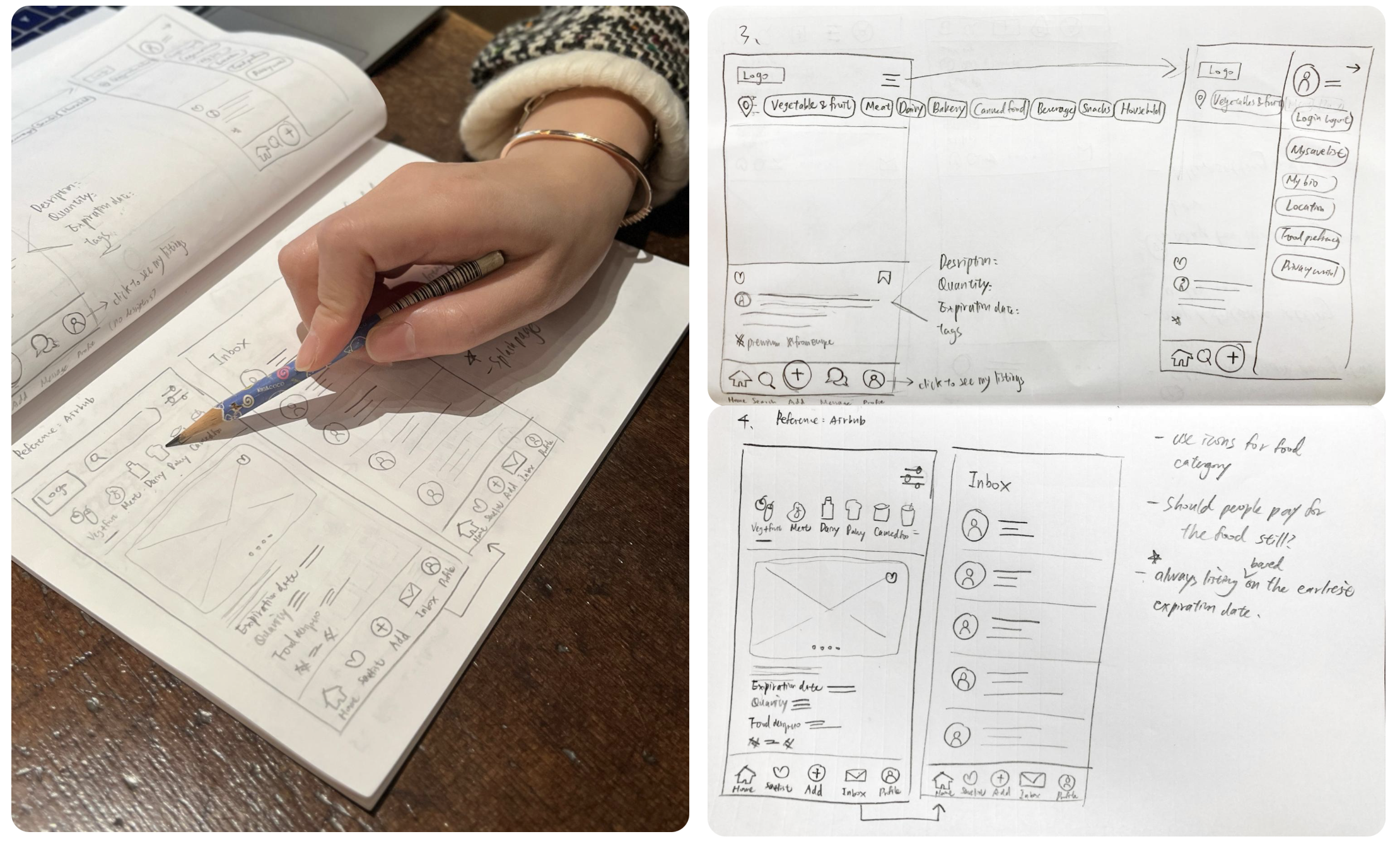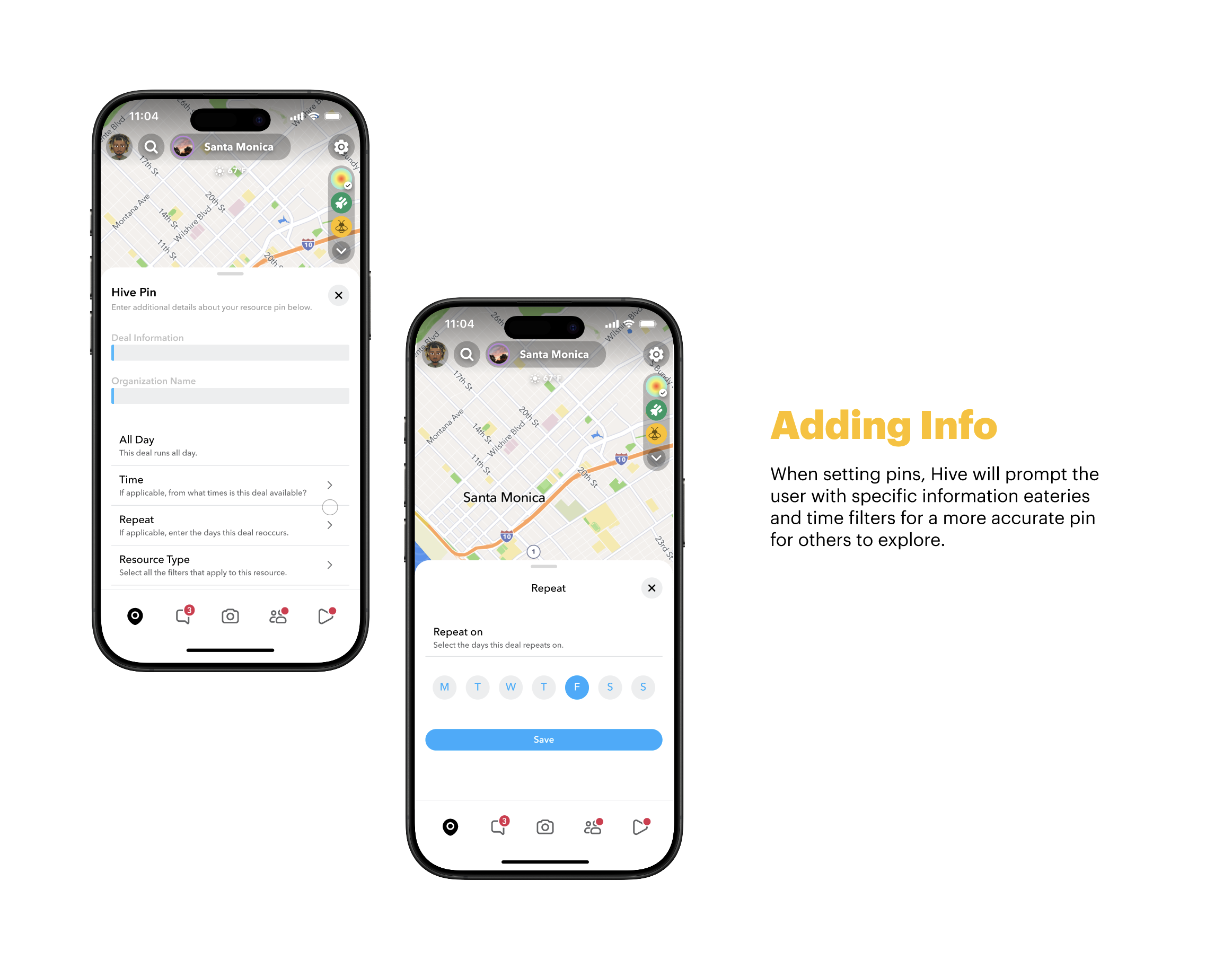Hive is a map pinning feature that focuses on helping alleviate food insecurity amongst college students and young adults, via the Snapchat app. This project was part of a 2-week team sprint.

Overview
Food security is a pressing issue for many young adults and college students globally. According to the College and University Food Bank Alliance (CUFBA), around 56% of college students report being food insecure during their undergraduate time. Accessibility, affordability and awarness are all things we found are leading stressors for this issue. With a focus on these aspects, my team’s objective is to develop a feature integrated within the established Snapchat app, to adress the global food insecurity problem.
Problem
Our observation reveals that students want to eat healthier, while not breaking the banks. But they struggle because they don’t have the adequate resoruces, time or energy to either cook something themselves or purchase from stores.

Whats & Whys
Objective
Our objective is to understand the current challenges and aspirations food insecure college students face when trying to eat healthier and have access to readily available food related resources. Our iniative aims to collect insights and ideas on the obstacles and opportunities related to creating a less daunting, more supportive food secure environment. Here’s some data we found:
31% of college students at public four-year institutions reported experiencing food insecurity in the past year. This data reflects a considerable portion of students struggling with access to adequate food.
43% of college students at four-year institutions experienced food insecurity in the past 30 days. This study highlights a significant prevalence of food insecurity among a broad sample of students across various types of colleges and universities.
56% of community college students reported experiencing food insecurity in the past year. This statistic indicates an even higher level of food insecurity among students attending community colleges compared to their counterparts at four-year institutions.
Steven Trapasso from a local West Los Angeles food bank organization, Seeds of Hope, came in to answer some questions we had regarding food insecurity across all age groups. It was important for us to understand why we wouldn’t want to focus on a specific demographic, before simply ruling it out.
Unfilled Plates:
Crisis in College
Researchers from the Hope Center for College, Community, and Justice and the UK’s National Union of Students (NUS) have highlighted a significant issue: food insecurity among college students. In the U.S., nearly 40% of college students experience food insecurity, while in the UK, about 33% report struggling to afford enough food. This widespread issue reflects broader financial challenges faced by students, affecting their ability to focus on their studies. Addressing food insecurity in higher education requires systemic changes to support students’ basic needs and academic success.



Based on the personas and research data, we intend to address the specific problem by exploring a focused question.
How might we leverage SnapMap to help college students easily discover and share affordable, nutritious food options while reducing the stigma associated with food insecurity?
Starting Hive:
Brainstorming
From hundreds of stickies on a board to countless zoom meetings with subject matter experts, our brainstorming sessions included a ton of head scratching and poking around.
Designing the Basics:
Wireframing
Early sketches on the various possible appearances of the interface.

Wireframing Part II:
Shaping
The user experience revolves around the primary task flow of posting an item. I've created slight variations of the screens and I'm inviting users' feedback on them.

Initial Testing
User Testing
As we finished our first draft of hi-fi wireframes and pitch, we asked industry experts, both in the food security and Snapchat, recieving feedback on usablity, implementability, and accessability of the feature. 3 leading Snap Inc. executives approved our feature, Hive, for it’s design, uniqueness and future monetization capabilities.
Lots of La Croix and green tea was consumed during the development of this project.

Introducing, Snapchat‘s Hive!

An Interface so sticky! Hive hosts a very familar, Snap UI that makes it easy to navigate
through various features!
through various features!





For next time...
What needs Work
As we finished our feature project, we heard from a second round of executives sharing any additional implementation, edits, and user testing that may be needed, before pilot testing officially on Snapchat Plus. Here are some tips we recived
Incorporate User Feedback Early: Some executivesrecommended gathering feedback from potential users (like college students) during the development phase to better (and earlier) tailor Hive’s functionality to real-world needs and ensure ease of use.
Add Gamification Elements: They also suggested we add more incentives, like monetary rewards for users who frequently share deals and resources. This could drive user engagement and increase the number of pins added to the Snap Map.
Partnership Opportunities: It was also pointed out that the potential to collaborate with local businesses or organizations to offer exclusive deals or promote community gardens through Hive, enhancing the value of the feature and expanding its resource pool.
Incorporate User Feedback Early: Some executivesrecommended gathering feedback from potential users (like college students) during the development phase to better (and earlier) tailor Hive’s functionality to real-world needs and ensure ease of use.
Add Gamification Elements: They also suggested we add more incentives, like monetary rewards for users who frequently share deals and resources. This could drive user engagement and increase the number of pins added to the Snap Map.
Partnership Opportunities: It was also pointed out that the potential to collaborate with local businesses or organizations to offer exclusive deals or promote community gardens through Hive, enhancing the value of the feature and expanding its resource pool.
Key Takeaways
As a project manager and lead designer for Hive, I learned the importance of leading a cross-functional team by aligning design, engineering, and marketing through clear communication. We focused on creating a user-centric solution for young adults and college students, addressing food insecurity with a practical tool that emphasized design's role in solving real-world problems. Managing the project in a fast-paced environment taught me to stay adaptable, make quick decisions, and keep the team motivated under tight deadlines, which strengthened my leadership and problem-solving skills.

Snap Inc Internship
Client: Snap Inc, 2024
Adobe Illustrator, Figma, VS Code, Adobe Photoshop, After Effects on Macbook M1 Pro
During my time at Snap Inc, this past summer, we were assigned a team of 7, all from their respective departments (Design, Engineering, and Marketing) to create a new feature that would live in the Snapchat app, focusing on tackling food security globally. My team decided to create Hive, a pinning feature that allows users to pin local food-realted deals and resources on the Snap Map, and share them with others in their community. Hive’s main focus was to raise awareness of the plethora of resources available to the community, specifically young adults and college students.
Team: Esfar Jawad, Lauren Navaro, Valeria Castillo, Sona Sargsyan, Julissa Hernandez Romero, Arya Nasikkar
View the full pitch deck here →
© 2077 Arya Nasikkar. All rights reserved.
© 2077 Arya Nasikkar. All rights reserved.
